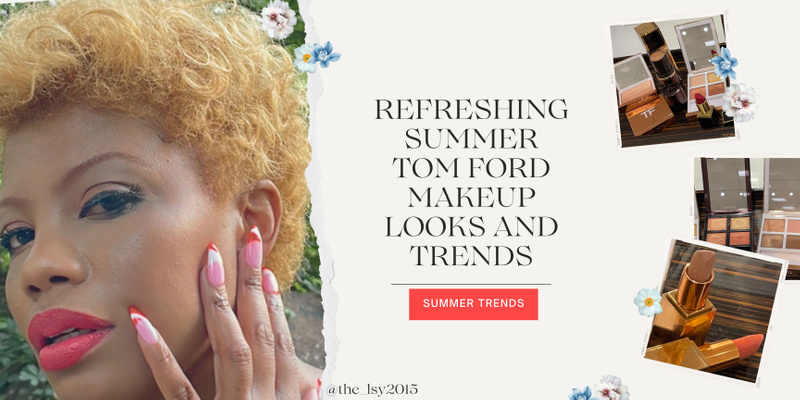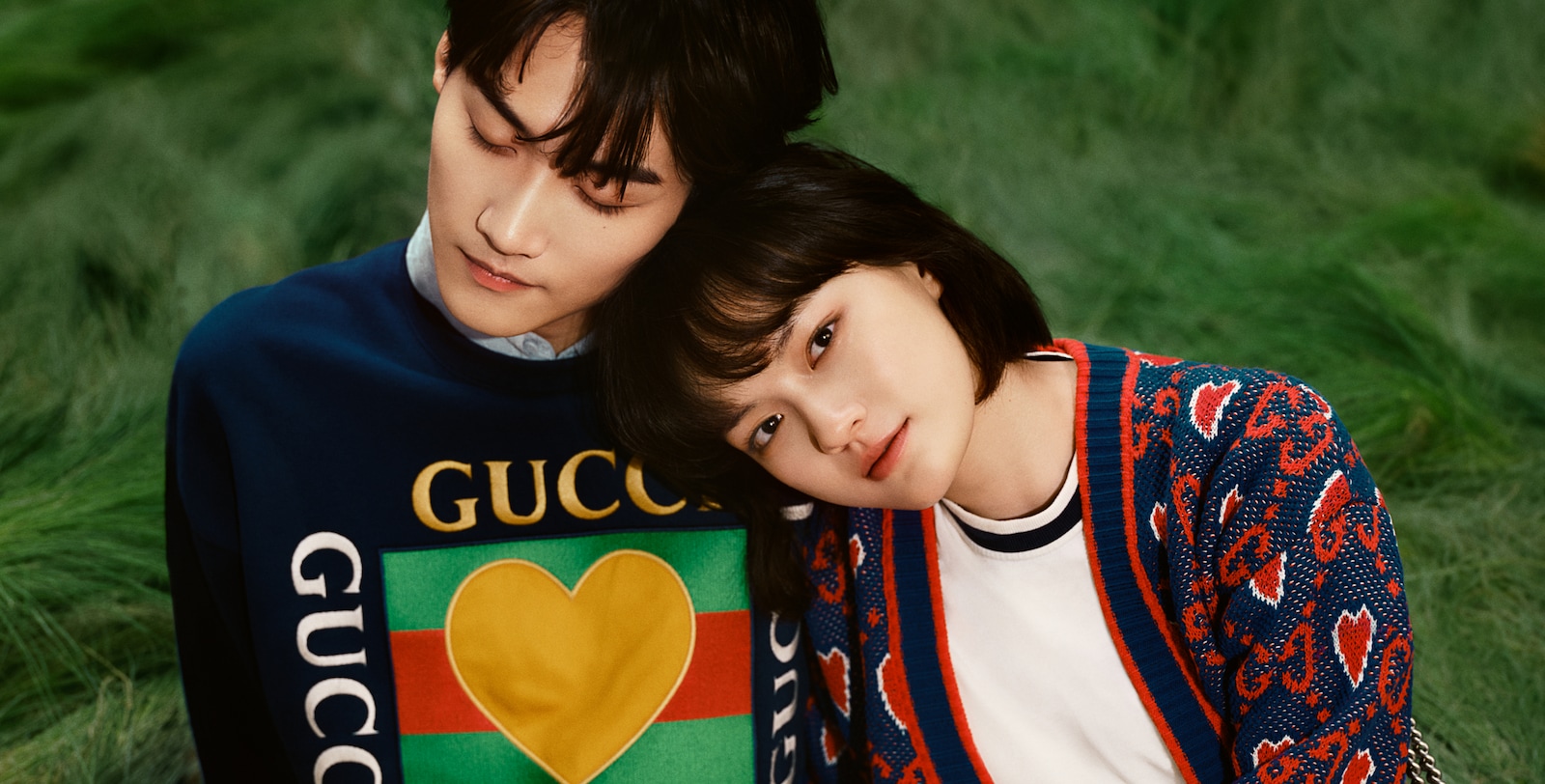This Is England: Why Britain Is the Belle of the Ball for FW23
Unpacking the historical and cultural forces behind fashion’s burgeoning obsession with the UK.

In the year of King Charles’s coronation, Britain also commemorates the seventy-fifth anniversary of Windrush, the generation of Caribbean people who arrived in the UK between 1948 and 1973 and suffered at the hands of Britain’s unethical immigration system; it’s safe to say that this is a country with a complicated cultural identity. From classical performances to garage raves, British culture runs the gamut from historic traditions to fresh new perspectives. This spread is peppered with pithy cultural archetypes that are, at least on the surface, recognizable to an international audience, but on a deeper level, wholly unfamiliar. The ability to reference and explore these famous subcultural phenomena is, perhaps, what makes English sartorial history such a central focus on FW23 runways.
Although this trend asserted itself in FW23, the writing has been on the wall for several seasons. From the unbridled success of Wales Bonner’s exploration of silhouettes like the adidas Samba and retro tracksuits to TikTok’s blokecore revolution, in which American 20-somethings took passionately to a style popularized by fashion-hating football fans, British style has proven to be an attractive force even for international audiences.If FW23 presentations were anything to go by, this trend is showing no signs of slowing. So, before you don a kilt and a Stone Island jacket for a trip to the pub, make sure you know your punks from your blokes.

To the dismay of many Brits, one of the most prolific TikTok style trends of the last few years has been blokecore: the art of dressing like a bloke. Think vintage football tops, jeans, and adidas footwear. While 2020 may have been your local TikTok star’s first taste of this cocktail, it’s a subculture deeply entrenched in British life. Sure, Elijah Wood was reluctantly welcomed into the world by the scene’s chosen one, Danny Dyer, in 2005’s seminal film Green Street, but the roots of this culture stretch back decades before that.Since the late ‘80s, England has been the home of Casuals, British lads who started traveling the world (Western Europe) to watch football, picking up—lawfully or otherwise—gear in these new cities. The clothing they brought shaped the exclusive aesthetic of the subculture, with European labels like C.P. Company, Stone Island, Lacoste, and more becoming commonplace signifiers of a lifestyle beyond just watching football.While classic names like Fred Perry, adidas, and the aforementioned European brands continue to do what they’ve always done—only now for a younger customer less interested in football violence than Instagram reshares—some designers are putting a more luxurious spin on the style. The new British design language for luxury is typified in Grace Wales Bonner’s retro palettes and the details inspired by her British-Jamaican heritage. You see the new language as well in Martine Rose’s bold proportions, gathered seams, and generally subversive perspective.

Kilts are not English. This is an essential disclaimer before SSENSE suffers a Scottish boycott. But, while they may not be as deeply embedded in English life as a Fred Perry track jacket, kilts are an unmissable aspect of British visual identity.Traditionally cut from wool woven with a unique family tartan and famously worn without underwear, kilts are a vestige of British sartorial history unlike any other. The pleated, wraparound build has understandably attracted designers thanks to its daringness and long history, which dates back to the sixteenth century as a heavy, utilitarian evolution of the tunic.In terms of luxury fashion, the mind immediately turns to the grand dame of punk, Vivienne Westwood, whose rebellious designs cleared the way for an entire subculture to flourish stylistically from the early ‘70s. Westwood also inspired younger creators like Charles Jeffrey, who founded his label LOVERBOY in 2015 and achieved almost immediate acclaim. He’s still flying the flag high for the garment. “When it comes to designing collections, the kilt features heavily because of my Scottish heritage, I also think it’s a garment that smashes gender norms. It‘s got this incredible history and vibe that I just can‘t resist,” Jeffrey notes. “I love how Jean Paul Gaultier worked with the kilt, making it fluid and luxurious, made in printed silks. Those pleats are really provocative on a man‘s body, while the tartans tell stories of heritage and individuality which I love to play with alongside the narrative of the collection I design.”

From the athletic silhouettes of blokecore to audacious tartan kilts and loud punk styling, British culture’s variety is what makes it such rich source material for designers. It also means it’s easy to slot into as a customer. For those looking to play with the more elegant side of British identity—we’re talking Keira Knightley in Pride & Prejudice—then the English rose trope is key.The red rose is England’s national flower, symbolizing much, ranging from the fifteenth-century Wars of the Roses to the simple, unspoiled natural beauty of the isle’s landscapes. During FW23 presentations, different configurations of the rose continued to surface, tapping into this symbolic power.Daniel Lee‘s first Burberry collection, Vivienne Westwood, and Chopova Lowena, were major pillars of this trend, but it’s worth noting that non-British brands like Maison Margiela and Dries Van Noten explored it as well, with ethereal drapes, silks, and classic tailoring elements.Whether it’s a floral motif or a more direct translation of the English rose character trope, the fragile, elegant beauty of this trend stands in contrast to most other sides of British identity. Far from the chants of football stadia, far from the piercings and distressed seams of punk, the English rose stands out as a welcome nod to the more gentle aspects of the British condition.

Punk needs no introduction. It’s been one of Britain’s defining subcultures over the last century. Emerging in the 1970s as a rebellion against conservative British politics, the culture is most famous for its music and style. Artists like the Sex Pistols and The Clash soundtracked the era of wild haircuts, drainpipe jeans, beaten leather jackets, and heavy leather boots.Punk’s expression in fashion walks hand in hand with the kilt trend, as kilts have long been part of the punk uniform. It tracks, then, that Vivienne Westwood is a protagonist in punk style language, having shaped the look alongside Malcolm McLaren at Let It Rock, an iconic punk store in West London.Punk is arguably the most popular and therefore the most easily obtainable trend in this group. Names like Comme des Garçons Homme Plus, Chopova Lowena, and Charles Jeffrey LOVERBOY offer modern reinterpretations of the subculture, standing by the rebellious irreverence that has always characterized the style.What’s perhaps most fascinating about fashion’s carving up of British style is the reluctance of any of these legitimate subcultures to be marketed. The cultural importance of wearing a kilt for those who have grown up doing so makes it a bold statement in a nonceremonial situation. As for blokes, they’re about as far from the world of TikTok trends as any modern human could be, and that’s an active decision. Punk has long been a subculture based on deep-rooted, anti-capitalist philosophy that stretches much further than tartan trousers and a leather jacket; it’s a lifestyle.It’s this kind of pride in the exclusivity of subculture, though, that makes British style so interesting. While fashion digs into Britain’s current visible style makeup, there’s a basement, studio, or club somewhere in the UK right now that’s building something new, and we know nothing about it. Yet.
 Refreshing Summer Tom Ford Makeup Looks and Trends Summer is the perfect time to experiment with fresh and vibrant makeup looks, and Tom Ford offers a range of stunning options to elevate your beauty game. From glowing skin to bold lips, here are some refreshing summer makeup looks and trends to try.
Refreshing Summer Tom Ford Makeup Looks and Trends Summer is the perfect time to experiment with fresh and vibrant makeup looks, and Tom Ford offers a range of stunning options to elevate your beauty game. From glowing skin to bold lips, here are some refreshing summer makeup looks and trends to try.  You’re Ready for Pickleball—Now What Should You Wear? No longer a pastime reserved for retirees, Pickleball has been reinvented as summer’s coolest sport thanks to stores and designers claiming it as their own—Moda Operandi, Staud, and Nike, among them—and selling irresistible Pickleball fashion and merch to the masses.
You’re Ready for Pickleball—Now What Should You Wear? No longer a pastime reserved for retirees, Pickleball has been reinvented as summer’s coolest sport thanks to stores and designers claiming it as their own—Moda Operandi, Staud, and Nike, among them—and selling irresistible Pickleball fashion and merch to the masses. 
